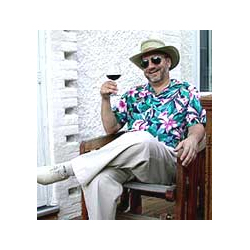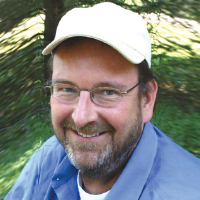Michael Pettersen has worn several hats since joining Shure in 1976. Currently he’s the driving force behind the company’s Application Engineering Department, which he founded in 1993.
The excellence of this department in terms of its ability to support customers has earned a well-deserved reputation of leadership in the professional audio industry.
Michael has seen a lot in the 25 years he’s worked with the company as it has evolved into one of the leading manufacturers in the pro audio industry, all the while maintaining a family atmosphere.
He graciously agreed to a conversation with PSW Editor Keith Clark, sharing his views, observations and future vision regarding both Shure and the industry in general. In turn, we’re pleased to share that conversation with you here.
Keith Clark: Michael, thanks for talking with us. Can you provide a bit of your professional background?
Michael Pettersen: Two years out of college, in 1976, I started working with Shure in the sales department, where I remained for about five years or so. But I’d always had a technical bent, even when I was a child, so I was more drawn toward product than the ‘let’s cut a deal’ aspect. So in 1981, I transferred into product management, heading up the fledgling line of mixers the company was offering.
Also during this time, I started the Shure Consultant Liaison Program, which focused on working more closely with audio/system consultants, providing them with a better idea of what we had to offer, specific product info and data that’s key to their work, and the like. The idea of this program, which continues today, it so to ensure that consultants understand what’s available from Shure in hopes that they select our products.
By 1993, I was looking for a new challenge and came up with the concept of the Application Engineering Department. The idea came from software companies, where you would naturally tend to select a brand of software based upon the technical support provided by the company. This seemed like a great thing to be able to offer our customers, and it would give us a competitive advantage.
By the end of ’93, we had three people in Application Engineering, and it’s grown to the point where we now have nine full-time staff members doing this in Evanston, another three at Shure Europe and two more at Shure Asia. It’s truly a worldwide support program.
The mission of Application Engineering is to provide such extraordinary technical support that a customer will choose to buy a Shure product even if there’s a competitive product on the market that might be equal. The simplest way to describe it is that we help people choose a product before they buy it, and help them use it after they buy it.
Application Engineering has the unenviable task of providing detailed technical information and support on a wide range of products spanning an equally wide range of technologies.
So I’ve basically had three careers with Shure – sales, marketing and engineering. I think I’ll pass on the finance side (laughs).
KC: In your 25 years with Shure, how has the company changed?
Michael: Probably the entire focus of the business. When I came on board in ’76, the hi-fi boom was still going, and at this time, the biggest portion of our business – by far – was hi-fi. Not that we didn’t make microphones and other products, there just wasn’t as much focus there.
That changed, particularly in the early ‘80s when the CD came out. I don’t think any company in the hi-fi business, or the vinyl business, expected the CD to take off so quickly. And, some of our competitors didn’t survive.
But Shure did, mostly by shifting to professional tools. And now microphones, be they wired or wireless, are by far the largest portion of our business. Phonograph equipment is still a very nice business for us, but it’s a minority part.















